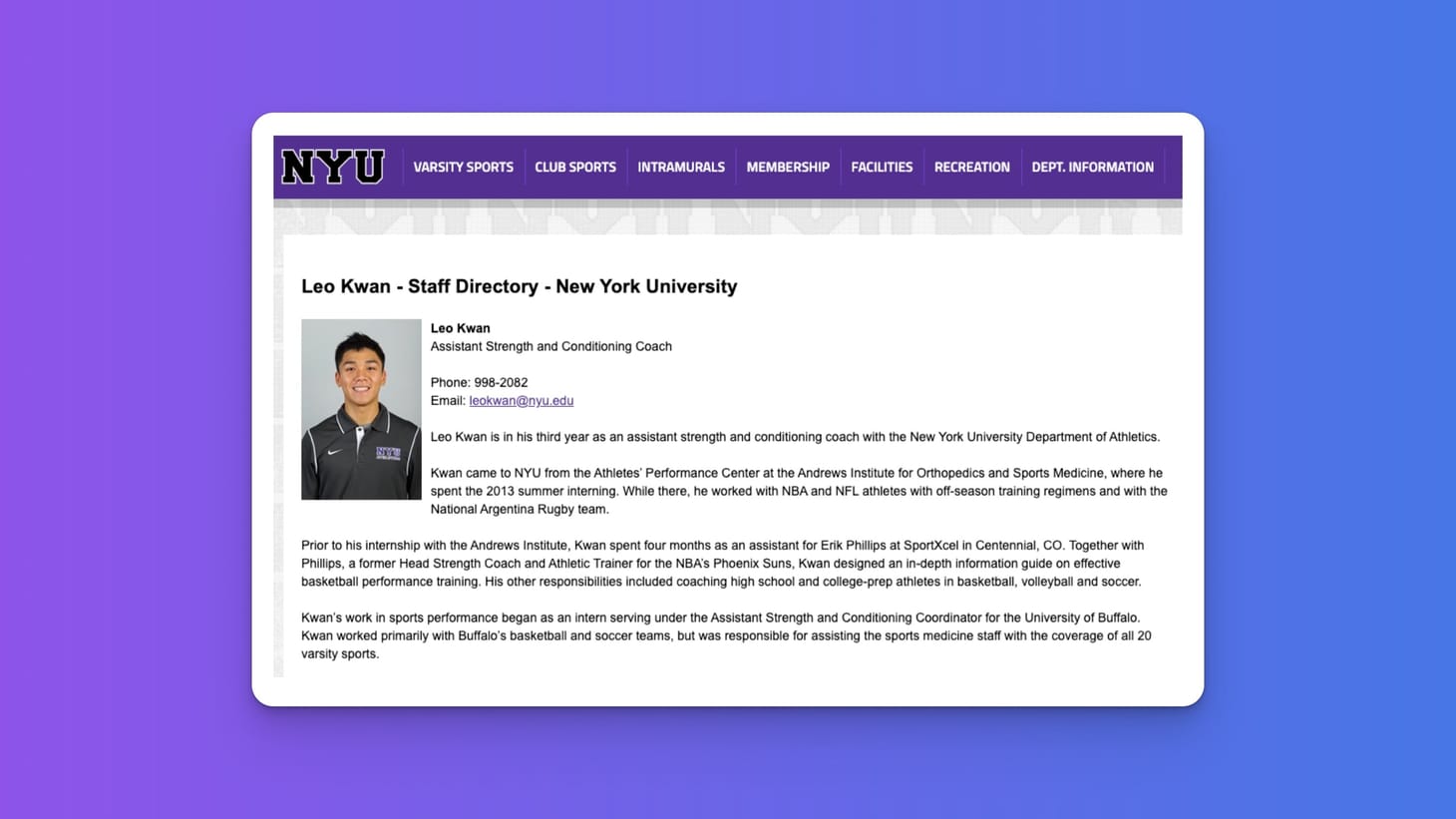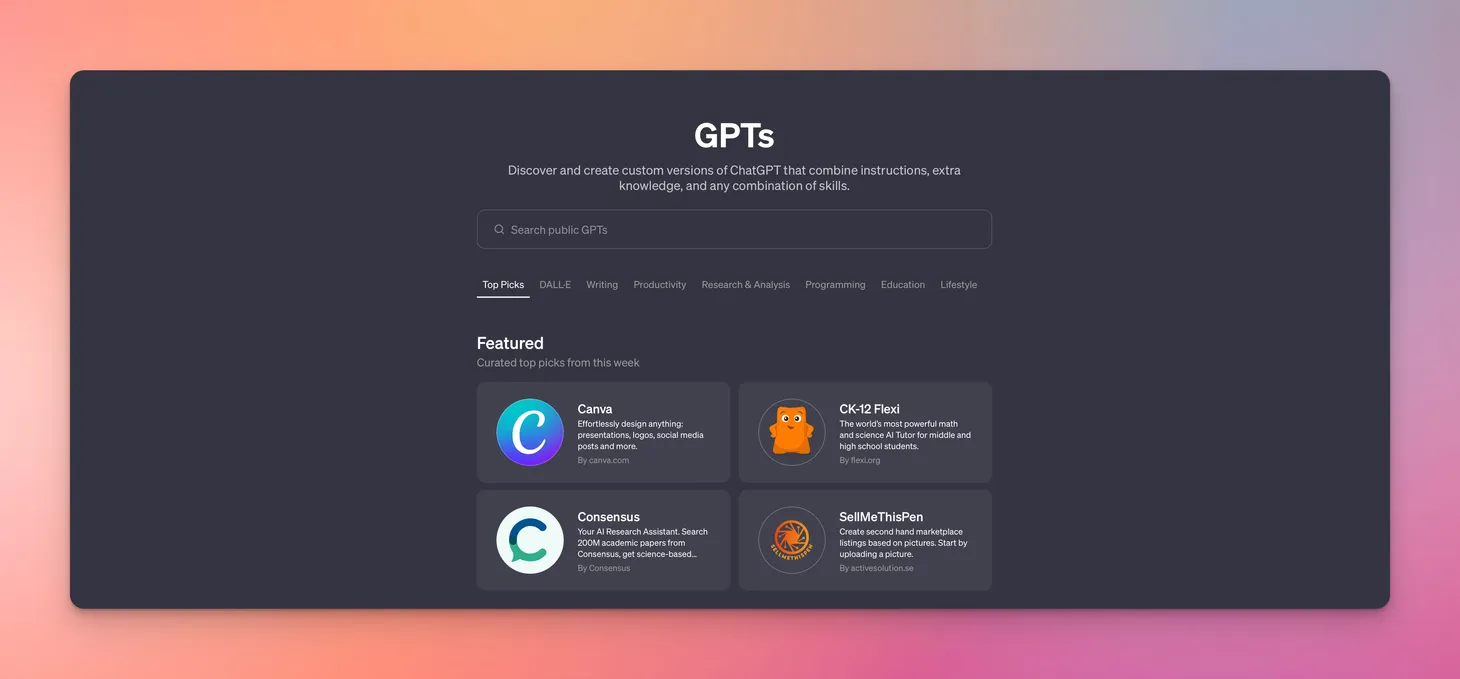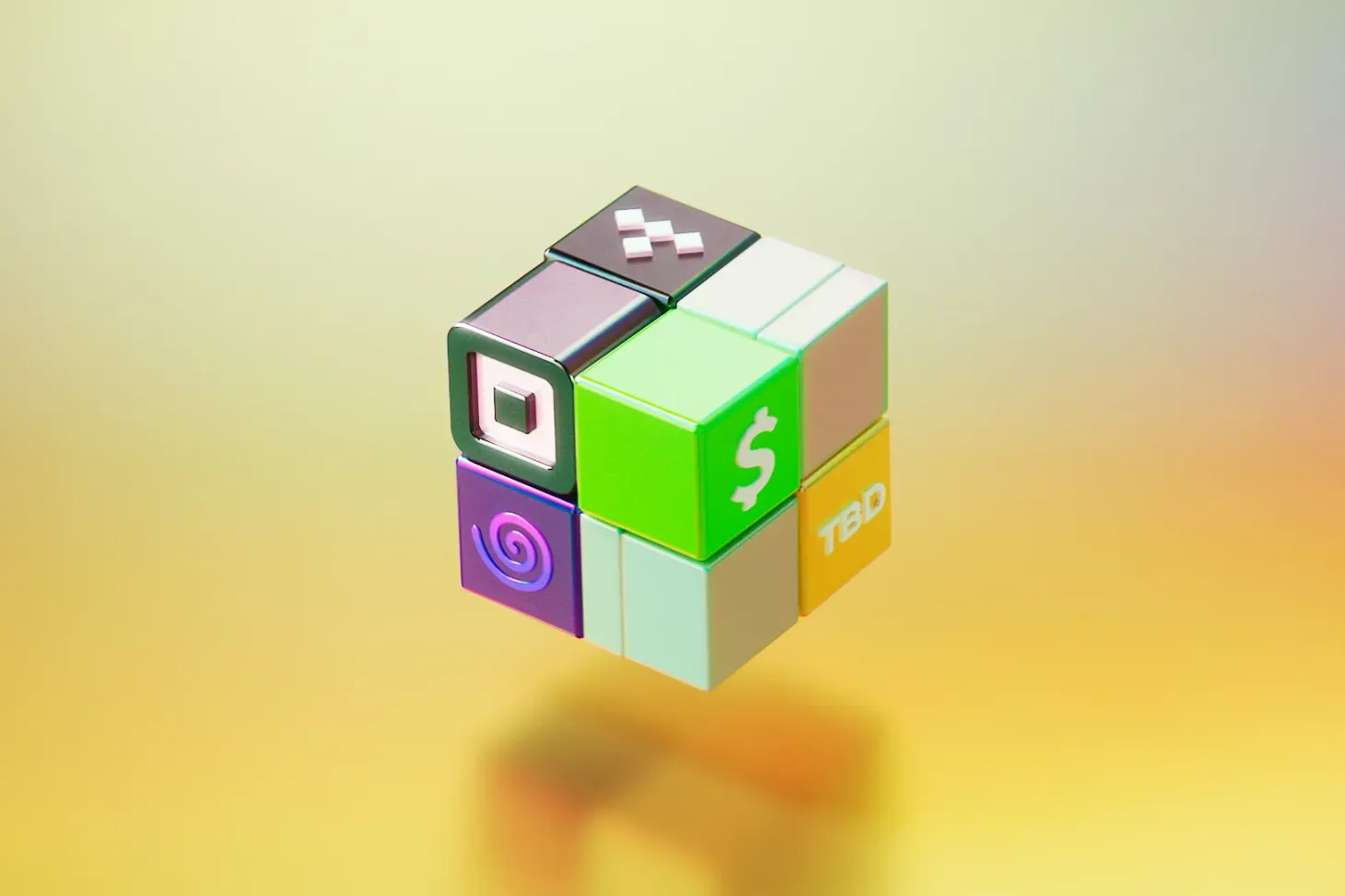From Personal Trainer to Software Developer: Lessons I Learned Building a Fitness App
I moved from studying physical therapy to learning coding, merging my interest in sports with technology, aiming to make a slight difference in the fitness industry.

Table of Contents
The fitness industry does not need innovation.
Three years ago, I made a significant change, moving from pursuing a three-year postgrad degree in Physical Therapy at New York University to diving into the world of coding. Before this transition, I was immersed in the world of athletics at NYU, working as a part-time strength and conditioning coach for Division III athletes—a role that was a dream come true for me as my first job out of college.
From Exercise Science to Coding
My journey started at SUNY Buffalo, where I graduated with a degree in Exercise Science. My ambition was always clear: to train athletes and be deeply involved in the athletic world. Traveling across the country for student internships, I soaked up knowledge from industry-leading coaches and sports performance organizations.
The Unlikely Student
Despite not being tech-savvy from the start, my passion for learning knew no bounds. I was that person who learned everything from textbooks, which might have made me seem awkward to others. I was, and always have been, a dedicated student of the game.
An Internship That Changed Everything
In 2013, right after graduation, I landed in Pensacola, Florida, for a summer internship with Athletes Performance, now known as EXOS. This place was the apex of sports performance training in the US, known for working with top-tier collegiate and professional athletes, particularly in American Football. My internship at AP was a formative experience, albeit adjusting to Pensacola's culture after growing up in NY was a bit of a shock.
Questioning the Status Quo
Reflecting on my experiences, I started to wonder why smarter coaching content wasn't readily available. Many athletes, including myself, would have benefited from more effective training methods earlier in life. It sparked a question in my mind: Could technology be the solution to bridge this gap?
The Idea Sparks
Two years into my role as a strength coach at NYU, the concept of a fitness app crystallized in my mind. Lacking coding knowledge didn't deter me; I spent my spare time learning to create websites and mockups. This idea, named Atrium, aimed to unite teammates for joint training sessions, hence the name "atrium." Despite its name, the project was driven by immense motivation.

Career Crossroads
However, I was at a crossroads about my future career path. I loved fitness and sports performance, but balancing my job at NYU with personal training at Equinox was challenging. Physical Therapy emerged as a promising direction, particularly inspired by the sports medicine staff at EXOS. Their innovative and intellectually stimulating work with athletes seemed like the perfect fit for me. So, I began preparing for a career shift to Physical Therapy, completing prerequisite classes and gathering volunteer hours.
A Turn of Events
Then came a setback - a rejection from Duke's early decision process for their Doctorate of Physical Therapy program. It was a disappointing moment that forced me to reconsider my path. Around this time, I stumbled upon a Stanford online class on technology entrepreneurship. This class was a revelation, entirely shifting my perspective on education and career potential.
Despite later receiving an acceptance letter from NYU, my decision was made. I was ready to leave Physical Therapy behind and dive into coding to bring my app idea to life.
Today's Reflection
Looking back, the journey from strength conditioning and the fitness industry to the tech world was filled with uncertainty. Yet, learning to code, securing a tech job, and continuing to develop my app in my spare time has been incredibly rewarding. While I initially intended to keep my tech involvement minimal, the pursuit of excellence in any field inevitably demands total dedication. This transition allowed me to forge invaluable friendships and acquire new skills in computer programming and problem-solving.
The Hardest Lesson
I once believed technology could revolutionize every aspect of our lives, including fitness training. The rapid advancements in web development, AI, AR, and machine learning seemed to promise endless possibilities for innovation. However, I've come to understand that sometimes simplicity is key. Coaches and trainers don't always need sophisticated tools; they excel through effective communication and tried-and-true methods. This realization—that innovation isn't always necessary—has been one of my toughest lessons.
If you're curious about my journey or what I'm building, follow me @imleokwan and check out SuperFit for free on the app store.


